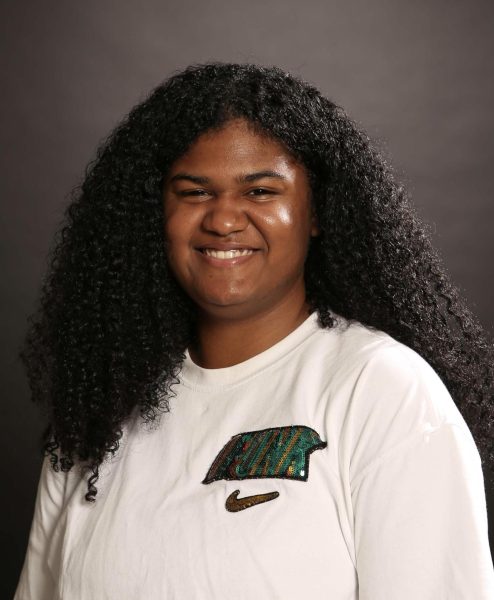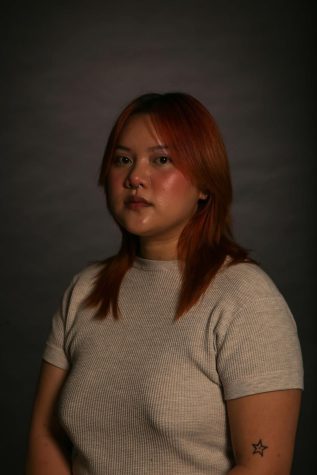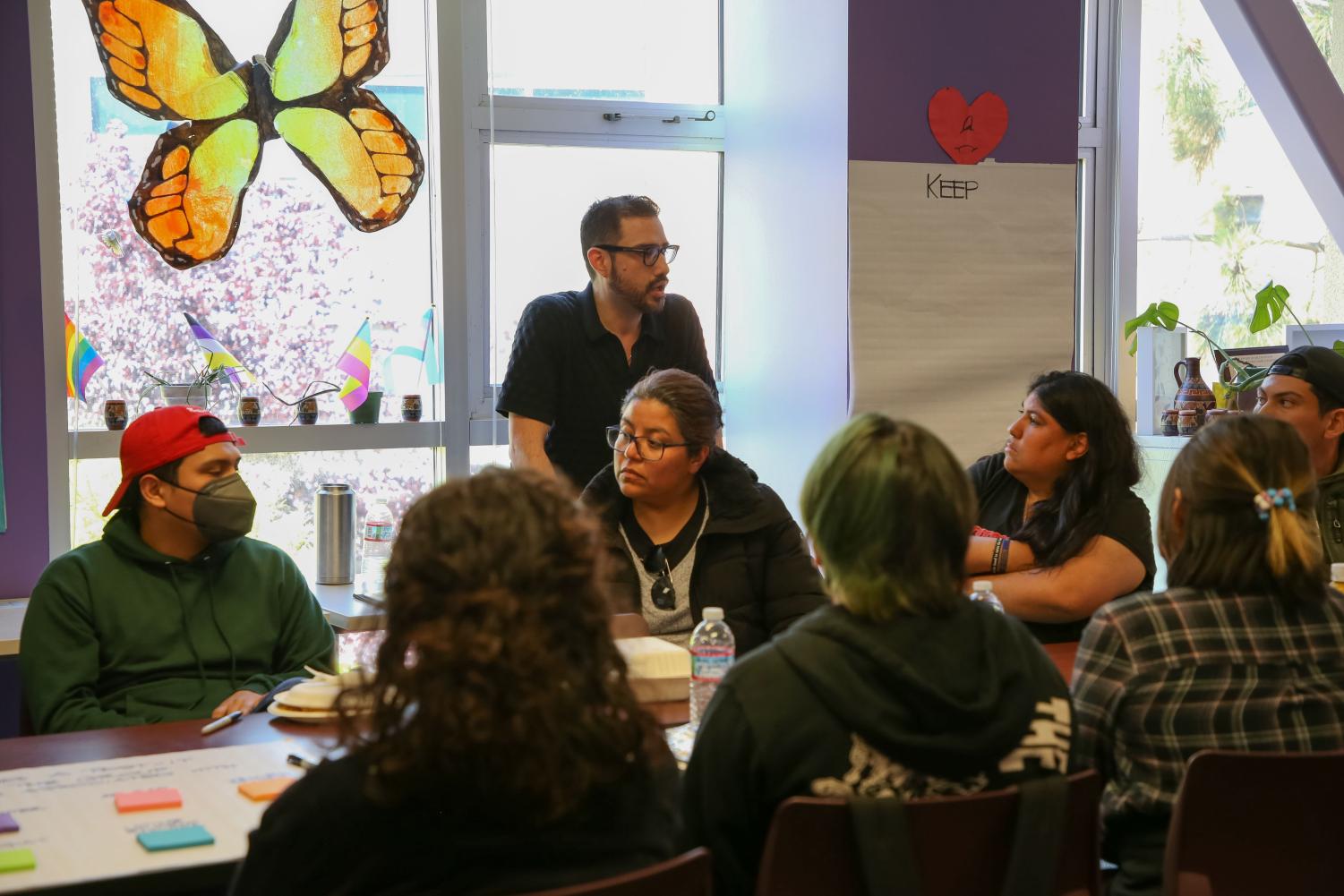



Students expressed discontent towards the plan at a vision meeting.
May 17, 2023
Amiriana Sinegal, a vision meeting attendee, wasn’t able to get her work done in the library or conduct any business during her freshman year because it was overly crowded. She said there were not enough areas for the opportunity to work in a private space.
However, Sinegal is not a member of the Black Unity center, which provides a more comfortable physical space for herself and others.
“I feel like I can work with students who understand me, and students who would like to interact with me. I feel more secure, it’s a smaller space, and it’s easier to get work done,” Sinegal said. “You get to start knowing the people around you and building that community. In the library, you can’t really build community since there is so much going on at once.”
A visioning session where students voiced their concerns for the project was led by Dialog Design, the architecture team co-working with SF State’s Capital Planning. Overall, students do not agree with the plan to create a central location.
This past September, Gov. Gavin Newsom approved $2.5 million in funding for the Cross Cultural Center project, allowing SF State to create a centralized space for all the student centers within the Division of Equity and Community. This funding is packaged with the West Campus Green project and creates 750 new dorm units.
As part of the package, the Latinx Student Center, the Black Unity center, and Asian American and Pacific Islander Student Center will all be moved into the current Office of Diversity, Student Equity, and Interfaith programs. This room already houses five other student organizations. The original rooms will be repurposed for housing.
Adrian Reyes, third year communications and latinx studies major, and Alexiz Romero, fifth year chemistry major, curated an Instagram post that said:
“….We deserve more than just cubicles. Our thoughts and opinions should have been gathered before any decision was finalized. By failing to do so, administration is showing that they do not care what we think or how we feel.”
Reyes said the social was a response to highlight what was happening with the administration’s plan. “The social media posts to me was just a good way to start to get a little bit of notice on what’s going on, to make them [administration] aware students are not very happy, and they really need to rethink what they’re doing.”
Romero added, “The people who were at the meeting and the people who visit the centers, we care a lot immensely. We’ve had so many memories, so many people we’ve met at the different centers, the offices, at different events, and workshops.”
Ricardo Sanchez, a third-year mechanical engineering major, said that he first thought the plan was a good idea because all of the student centers would be on one floor — the second floor of the Student Services building. However, when he learned more details about the plan, he said it didn’t make sense.
“We all have the same concerns. It’s unfair to lose those spaces, and [as if] being rebranded is a good thing for us, like, they’re trying to tell us this is going to be for your own good,” Sanchez said. “I think it’s unfair that we would be losing all of those spaces. The Latinx Student Center just opened last year, and we are already losing it.”
The Latinx Student Center would be one of the three centers to be removed by the plan to create more housing spaces. However, removing the three student centers would only provide three new dorm spaces to be utilized.
“They’re only gaining three spaces. It’s not like it’s going to be a huge thing,” Sanchez said. “I don’t think it’s fair for the students, especially the ones that have fought to get those spaces open, just to throw us all in one place. I don’t think it’s fair, it’s not equitable.”
Joseph Escobedo, a first-year race and resistance and liberal studies major, said he believes it’s important for the student centers to be separated because it shows individuality.
“All of our communities are beautiful, our cultures are amazing. We should highlight them in their own areas. We don’t want to be separate because we don’t want to be together [but] because literally, this space is predominantly white [SF State],” said Escobedo. “So spaces that remind us of home or evoke a feeling of nostalgia, [students can say] this is a place for people like me.”
Editor’s Note: This story has been updated for clarity. Sinegal is not a member of the Black Unity center but frequents the center.
Editor’s Note: This story has been revised to accurately reflect the student center names.

